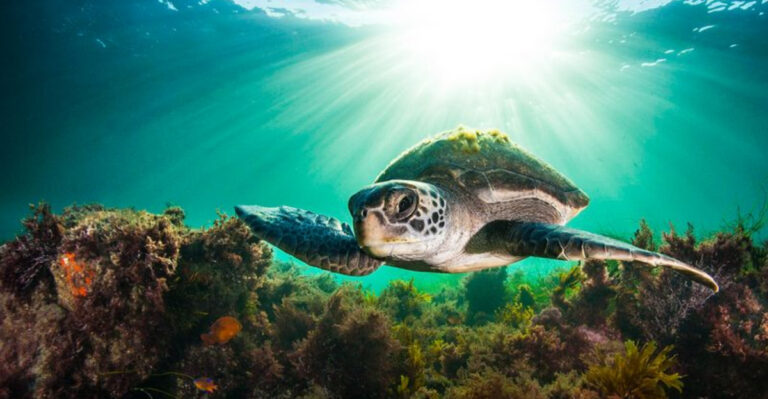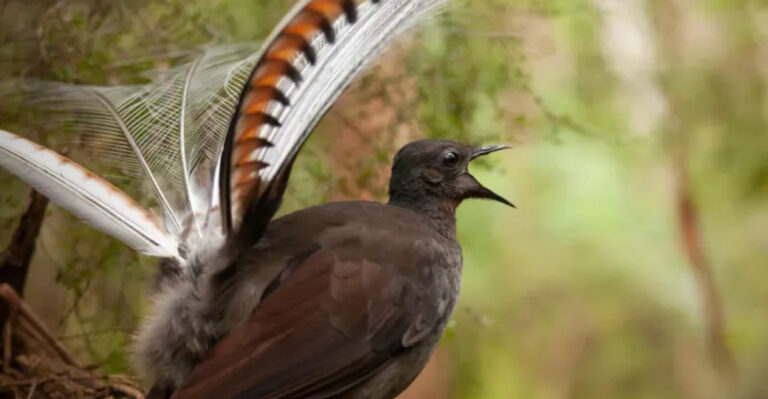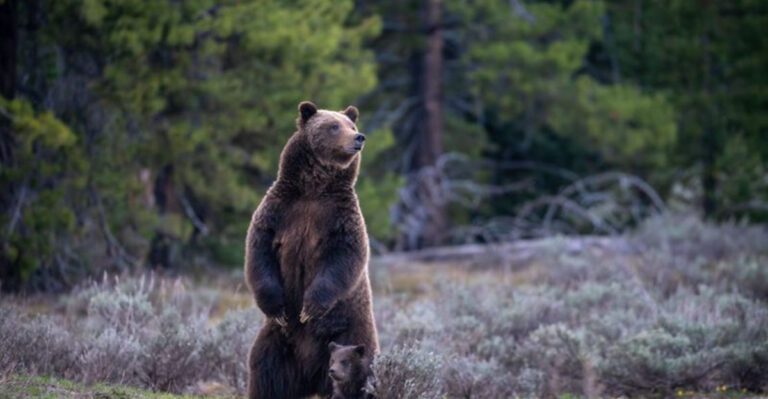The Top Waters In America to See Orcas In The Wild
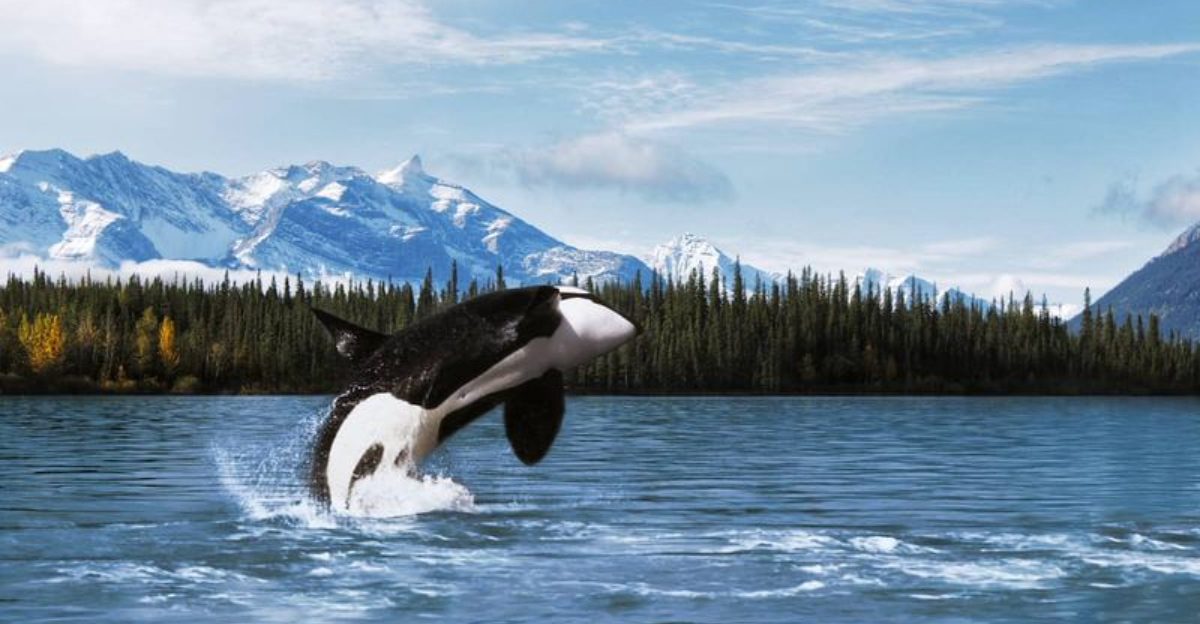
Orcas, also known as killer whales, are some of the most majestic creatures swimming in our oceans. These intelligent marine mammals can be spotted in several locations around the United States, giving wildlife enthusiasts amazing opportunities to witness their beauty up close.
From the chilly waters of Alaska to the Pacific Northwest, here are the top spots where you might catch a glimpse of these magnificent black-and-white hunters in their natural habitat.
1. San Juan Islands, Washington
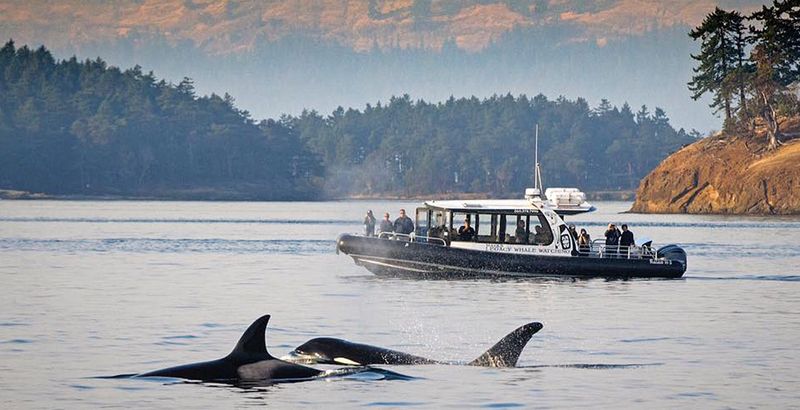
The San Juan Islands serve as a summer feeding ground for the famous Southern Resident killer whales. These 70+ orcas make this archipelago their favorite hangout from May through October when they chase salmon runs.
Lime Kiln Point State Park on San Juan Island offers incredible shore-based viewing opportunities – sometimes orcas swim just 20 feet from the rocky shoreline! Local whale-watching tours boast a success rate of over 90% during peak season.
Three distinct pods (J, K, and L) call these waters home, each with its own unique vocal dialect that researchers can identify. The calm, protected waters between the islands create perfect conditions for spotting these magnificent creatures.
2. Puget Sound, Washington
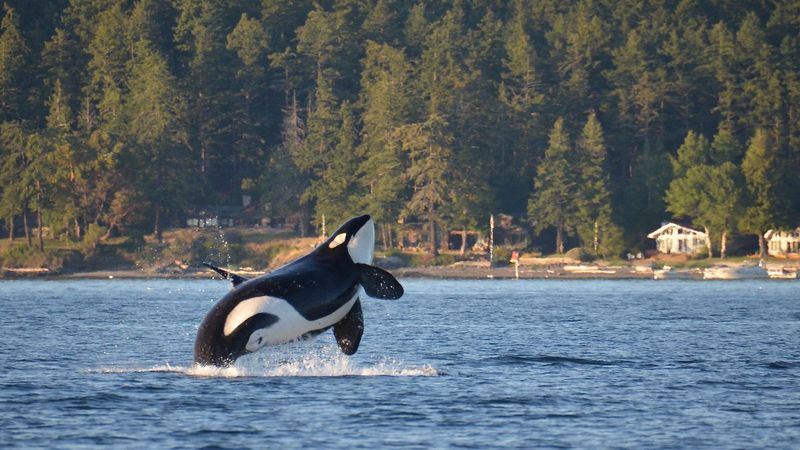
Seattle’s backyard ocean corridor attracts both resident and transient orcas throughout the year. The deep, nutrient-rich waters provide an abundant food supply that supports multiple killer whale populations.
From waterfront parks in Seattle to ferries crossing to Bainbridge Island, unexpected orca sightings happen regularly. The Puget Sound’s complex geography creates numerous channels and passages where orcas hunt efficiently.
Unlike many viewing locations, Puget Sound offers year-round opportunities to spot these magnificent mammals. Winter months bring Bigg’s (transient) orcas hunting for seals and sea lions, while summer attracts salmon-eating residents – giving wildlife enthusiasts double the chances for unforgettable encounters.
3. Inside Passage, Alaska
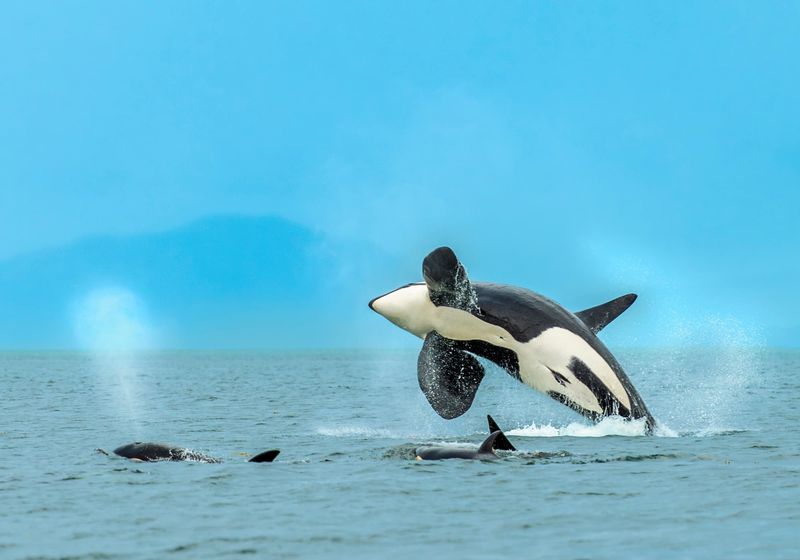
Alaska’s Inside Passage represents prime orca territory where glacial waters meet dense forests. The nutrient-rich environment supports abundant marine life, creating a perfect hunting ground for both resident and transient killer whales.
Juneau and Sitka serve as popular launching points for whale-watching expeditions. The narrow waterways concentrate marine life, making orca encounters more predictable than in open ocean settings.
What makes this location special is the opportunity to witness hunting behaviors – orcas here are known to create waves that wash seals off ice floes. Against the backdrop of towering glaciers and snow-capped mountains, seeing these apex predators in action becomes an unforgettable wilderness experience.
4. Resurrection Bay, Alaska
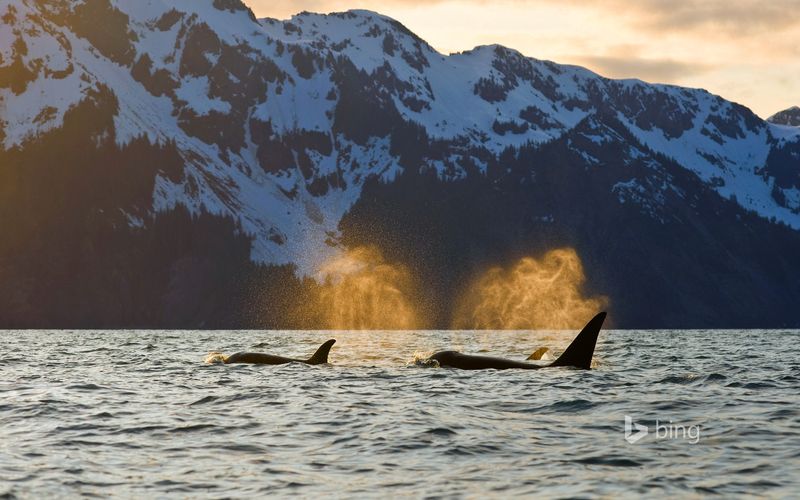
Just outside the charming town of Seward lies Resurrection Bay, a fjord teeming with marine wildlife. The deep, protected waters create an ideal environment for spotting killer whales, especially from April through September.
The bay’s unique geography funnels fish into concentrated areas, attracting hungry orcas. Kenai Fjords National Park tours often combine glacier viewing with almost guaranteed orca sightings – a perfect Alaskan two-for-one experience!
Resurrection Bay features resident orcas that stay year-round and transient pods that pass through seasonally. The crystal-clear waters allow for exceptional viewing conditions, sometimes revealing entire orca bodies as they glide beneath the surface.
5. Monterey Bay, California
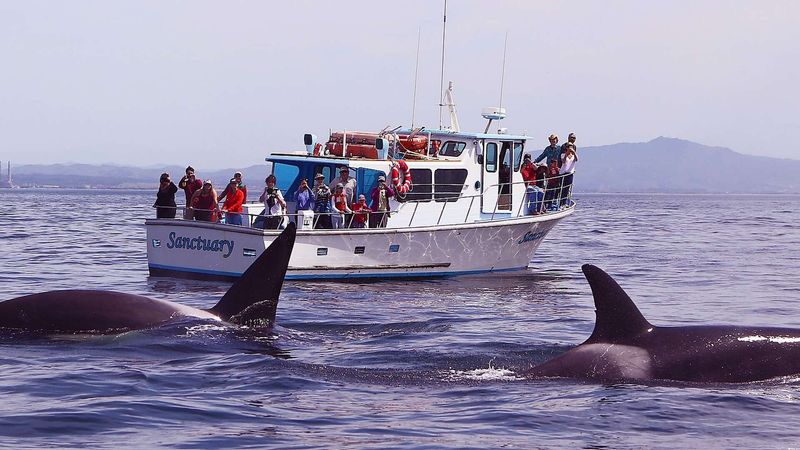
California’s Monterey Bay represents a marine wildlife hotspot where orcas appear during their hunting migrations. The underwater Monterey Canyon – deeper than the Grand Canyon – creates upwellings that support an incredible food chain culminating with these apex predators.
Gray whale migration season (December-May) brings killer whales hunting for gray whale calves. This natural spectacle, while sometimes difficult to witness, showcases the raw power and hunting prowess of orca pods.
The bay’s proximity to urban areas makes it one of the most accessible orca-watching locations in America. From the comfort of Monterey’s waterfront restaurants, lucky diners occasionally spot orca fins cutting through the water while enjoying their seafood!
6. Kenai Fjords, Alaska
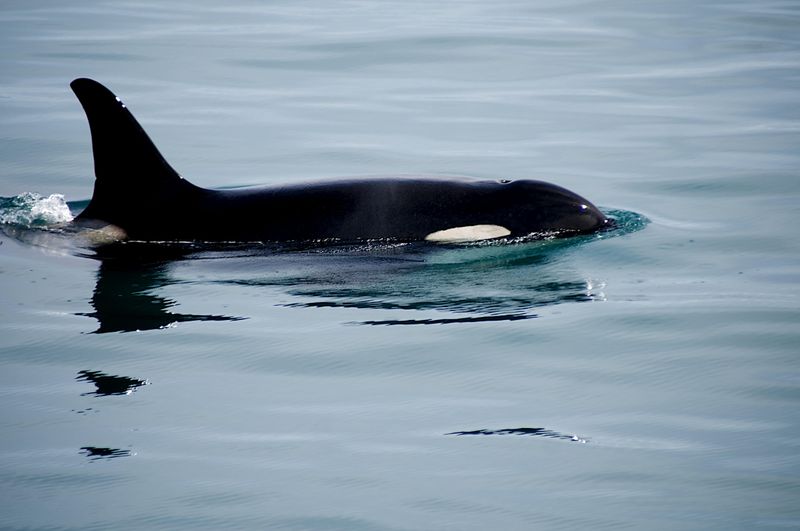
Stunning Kenai Fjords National Park offers some of Alaska’s most reliable orca viewing opportunities. The complex network of glacier-carved fjords creates numerous protected bays where killer whales hunt and socialize.
Both fish-eating resident orcas and mammal-hunting transients frequent these waters. The contrast between blue-white glaciers and black-and-white orcas creates postcard-perfect photo opportunities that wildlife photographers dream about.
Multi-day kayaking trips through the fjords provide intimate encounters impossible from larger vessels. Imagine silently paddling as a curious orca surfaces nearby – many visitors describe these close encounters as life-changing moments that foster deeper appreciation for marine conservation.
7. Strait Of Juan De Fuca, Washington/British Columbia
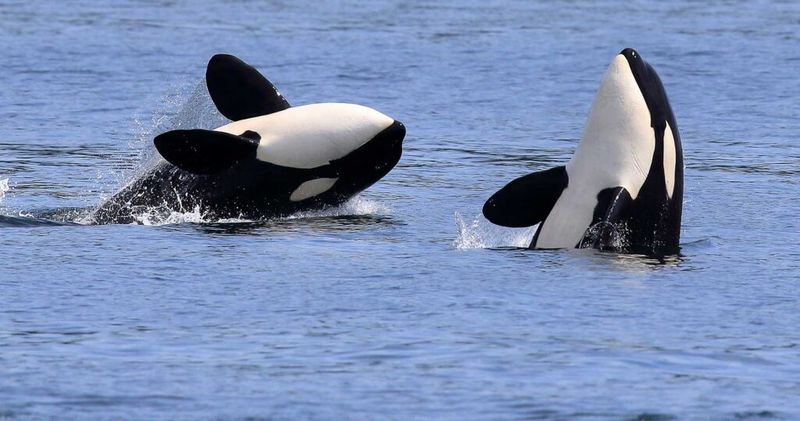
This international waterway between Washington State and Vancouver Island serves as a major orca highway. The strait’s strong currents concentrate salmon runs, creating feeding hotspots for the Southern Resident killer whale population.
Port Angeles and Victoria offer excellent viewing points from both the American and Canadian sides. Ferry crossings between these cities frequently report orca sightings, turning routine transportation into unexpected wildlife tours.
The strait’s open waters allow for spectacular displays of orca athleticism – breaching, spy-hopping, and tail-slapping behaviors are commonly observed here. Conservation efforts focus intensely on this area, as the salmon-dependent Southern Residents face significant challenges from reduced prey availability and water pollution.
8. Frederick Sound, Alaska
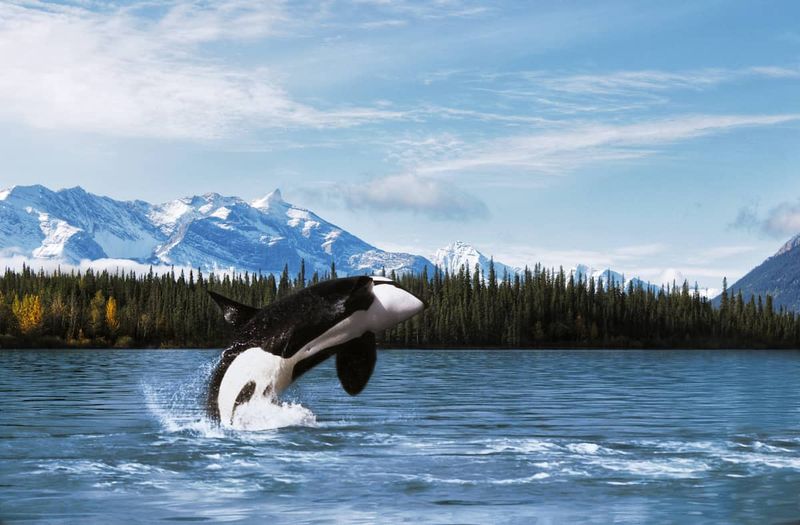
Frederick Sound in Southeast Alaska represents one of the world’s most reliable places to witness bubble-net feeding – though typically associated with humpbacks, orcas occasionally demonstrate this behavior here too. The nutrient-rich waters support abundant herring schools that attract both resident and transient killer whales.
The small community of Petersburg serves as the gateway to this remote orca habitat. Unlike more developed whale-watching destinations, Frederick Sound offers uncrowded viewing experiences where your boat might be the only one observing a pod.
Summer’s extended daylight hours provide exceptional viewing opportunities, sometimes lasting until 10 PM. Against the backdrop of the Coast Mountains, witnessing orcas surfacing in the golden evening light creates magical moments that photographers and nature lovers treasure forever.
9. Channel Islands, California
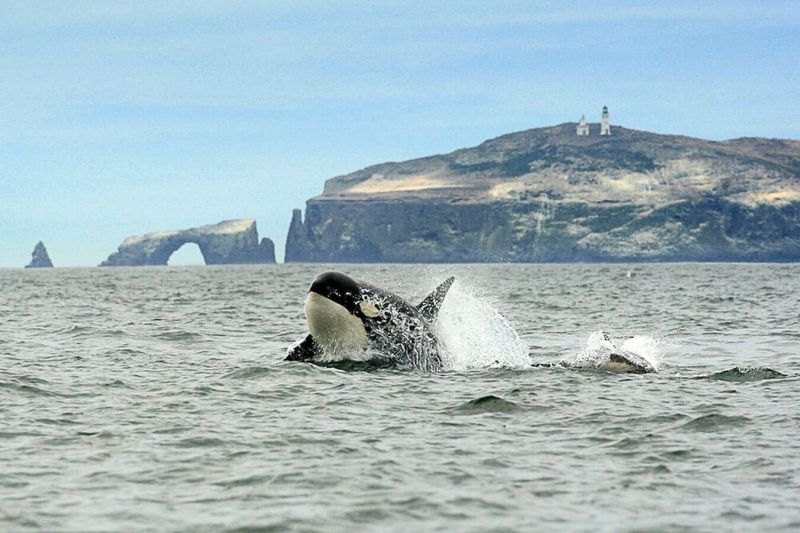
California’s Channel Islands National Marine Sanctuary protects waters frequented by several orca ecotypes. The islands’ isolated location creates a pristine environment where killer whales hunt among one of the most diverse marine ecosystems in North America.
Transient orcas visit these waters year-round, hunting the abundant seal and sea lion colonies. The islands’ remote nature means fewer boats and crowds, allowing for more natural orca behavior observations.
Multi-day sailing trips from Santa Barbara or Ventura offer immersive experiences in this island paradise. The convergence of warm and cold ocean currents creates unique conditions supporting five different orca ecotypes – more than almost anywhere else in American waters.
10. Tracy Arm Fjord, Alaska
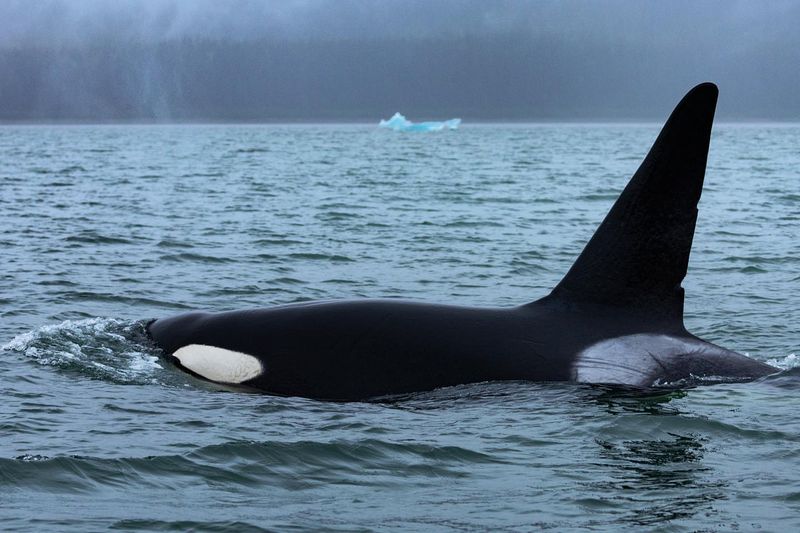
Just south of Juneau lies Tracy Arm Fjord, a dramatic glacier-carved passage where orcas hunt among floating ice. The steep granite walls create a cathedral-like setting for some of Alaska’s most memorable killer whale encounters.
Sawyer Glacier at the fjord’s end calves ice that attracts seals, which in turn attract hunting orcas. The narrow confines of the fjord mean killer whales often pass remarkably close to boats, creating heart-stopping moments for wildlife enthusiasts.
The fjord’s remote location keeps visitor numbers relatively low despite its proximity to Juneau. The pristine wilderness setting, combined with the possibility of seeing orcas, bears, and glaciers in a single day, makes Tracy Arm one of America’s premier wildlife viewing destinations.


